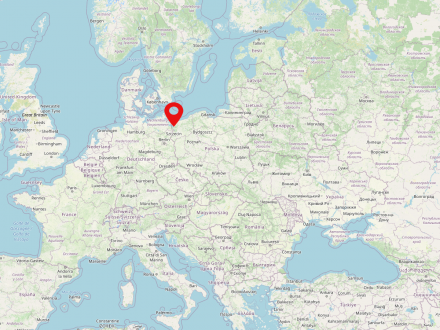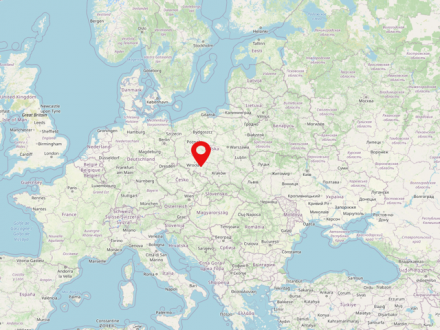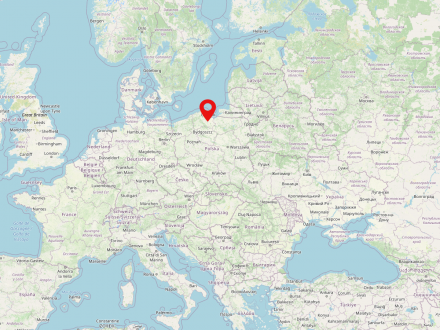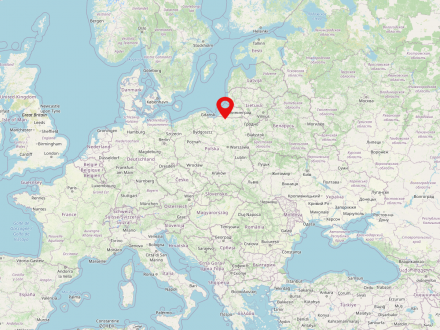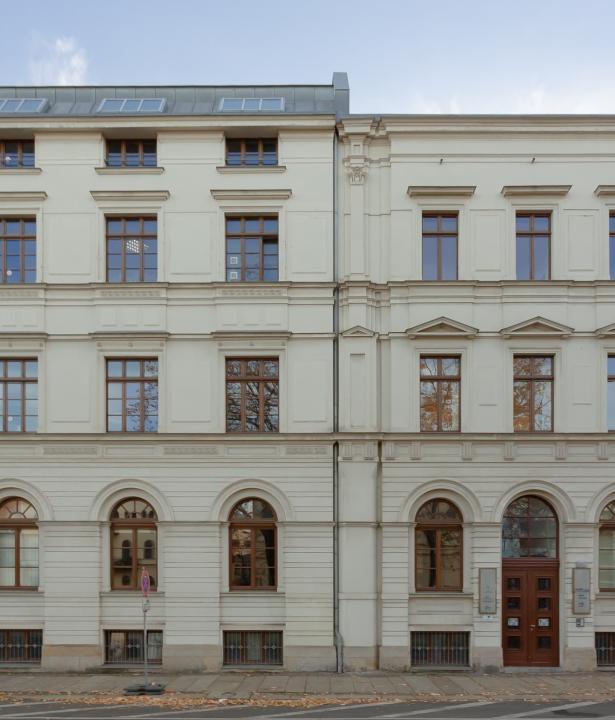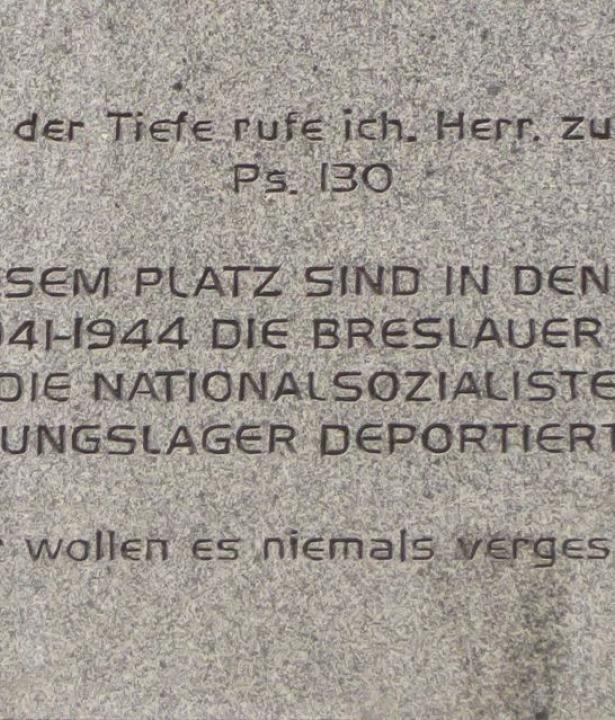In this exhibition, the West Prussian Regional Museum is presenting works by painters from the then German territories of
Pomerania is a region in northeastern Germany (Vorpommern) and northwestern Poland (Hinterpommern/Pomorze Tylne). The name is derived from the West Slavic 'by the sea' - 'po more/morze'. After the Thirty Years' War (Peace of Westphalia in 1648), Western Pomerania initially became Swedish, and Western Pomerania fell to Brandenburg, which was able to acquire further parts of Western Pomerania in 1720. It was not until 1815 that the entire region belonged to the Kingdom of Prussia as the Province of Pomerania. The province existed until the end of World War II, its capital was Szczecin (today Polish: Stettin).
The historical province of Poznan was situated in eastern Prussia from 1815 to 1920. Currently, the territory of the former province is entirely in Poland. The capital was the city of the same name, Posen (present Poznań). About 2 million people inhabited the area.
Silesia (Polish: Śląsk, Czech: Slezsko) is a historical landscape, which today is mainly located in the extreme southwest of Poland, but in parts also on the territory of Germany and the Czech Republic. By far the most significant river is the Oder. To the south, Silesia is bordered mainly by the Sudeten and Beskid mountain ranges. Today, almost 8 million people live in Silesia. The largest cities in the region are Wrocław, Opole and Katowice. Before 1945, most of the region was part of Prussia for two hundred years, and before the Silesian Wars (from 1740) it was part of the Habsburg Empire for almost as many years. Silesia is classified into Upper and Lower Silesia.
West Prussia is a historical region in present-day northern Poland. The region fell to Prussia as a result of the first partition of Poland-Lithuania in 1772 and received its name from the province of the same name formed by Frederick II in 1775, which also included parts of the historical landscapes of Greater Poland, Pomerania, Pomesania and Kulmerland. The Prussian province lasted in changing borders until the early 20th century. After World War I, parts fell to the Second Polish Republic, founded in 1918. The largest cities in West Prussia include Gdansk (Polish: Gdańsk, today Pomeranian Voivodeship), Elbląg (Polish: Elbląg, today Warmia-Masuria Voivodeship), and Thorn (Polish: Toruń, today Kujawsko-Pomeranian Voivodeship).
East Prussia is the name of the former most eastern Prussian province, which existed until 1945 and whose extent (regardless of historically slightly changing border courses) roughly corresponds to the historical landscape of Prussia. The name was first used in the second half of the 18th century, when, in addition to the Duchy of Prussia with its capital Königsberg, which had been promoted to a kingdom in 1701, other previously Polish territories in the west (for example, the so-called Prussia Royal Share with Warmia and Pomerania) were added to Brandenburg-Prussia and formed the new province of West Prussia.
Nowadays, the territory of the former Prussian province belongs mainly to Russia (Kaliningrad Oblast) and Poland (Warmia-Masuria Voivodeship). The former so-called Memelland (also Memelgebiet, lit. Klaipėdos kraštas) first became part of Lithuania in 1920 and again from 1945.
The exhibition, which features pieces from the collection "Memoria" Thomas B. Schumann and the collection of the West Prussian State Museum, reintroduces these forgotten artists, their work and cultural achievements. It also contributes to ongoing efforts to prevent the Nazi persecution, expulsion and murder of artists and cultural professionals from being forgotten. At the same time, it aims to draw attention to artists living in exile in our country today, because the relationship between art and politics, expulsion and loss of homeland, cultural identity and assimilation is still as fraught and explosive as it has ever been.



